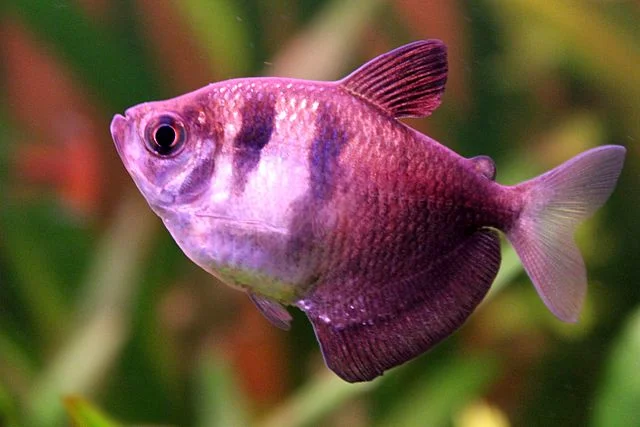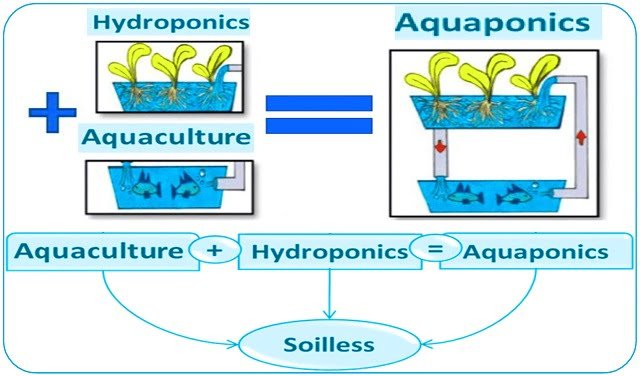by University of Western Australia
Give a man a fish and you feed him for a day. Identify a more sustainable, high-quality protein source for aquaculture diets – and you could help feed the world.
The University of Western Australia’s School of Biological Sciences and UWA Oceans Institute PhD candidate Isobel Sewell is investigating whether black soldier fly (BSF) larvae are a suitable alternative to fish meal in the diets of two Australian freshwater aquaculture species; barramundi and marron.
The Fisheries Research and Development Corporation-funded project is in collaboration with DPIRD and Future Green Solutions – a Perth-based BSF farm and biotechnical company.
Ms Sewell said the global production and supply of fish meal had begun to plateau over the past decade.
“Many carnivorous aquaculture species have large dietary protein requirements, often in the form of fish meal,” she said.
“Considering the aquaculture industry is the fastest growing food production sector in the world, this becomes problematic as the supply of fish meal will be unable to meet growing demand.
“In response, we need to identify effective protein replacements to reduce dependency on marine capture fisheries.”
Not only does the larvae have high protein and fat content that is comparable to fish meal, Ms Sewell said there were also significant environmental sustainability benefits.
Stay Always Informed
Join our communities to instantly receive the most important news, reports, and analysis from the aquaculture industry.
“The larvae feed on organic waste, such as green waste and manure, which in turn is converted back into their biomass via the breakdown of protein, fats and energy,” she said.
“Because of this, they can aid in the reduction of pollution potential and greenhouse gas emissions from agricultural industries.”
Based at the UWA Shenton Park Research Station Aquaculture Facility, Ms Sewell is quantifying the potential of a BSF larvae diet by measuring the barramundi and marron’s growth and wellbeing.
“Ultimately, we have discovered that BSF larvae is viable in freshwater aquaculture diets,” she said.
“The barramundi had comparable growth rates to those on a commercial (BSF larvae-free) diet. “My marron trial has produced some interesting results, suggesting the inclusion of BSF larvae promotes higher growth.”
Although further analysis of biological data is required before publishing, Ms Sewell said the results were a “good start” in creating a potential aquaculture diet.
“I hope that the results will have novel outcomes with industrial, societal, environmental and commercial impact,” she said.
Editor at the digital magazine AquaHoy. He holds a degree in Aquaculture Biology from the National University of Santa (UNS) and a Master’s degree in Science and Innovation Management from the Polytechnic University of Valencia, with postgraduate diplomas in Business Innovation and Innovation Management. He possesses extensive experience in the aquaculture and fisheries sector, having led the Fisheries Innovation Unit of the National Program for Innovation in Fisheries and Aquaculture (PNIPA). He has served as a senior consultant in technology watch, an innovation project formulator and advisor, and a lecturer at UNS. He is a member of the Peruvian College of Biologists and was recognized by the World Aquaculture Society (WAS) in 2016 for his contribution to aquaculture.




